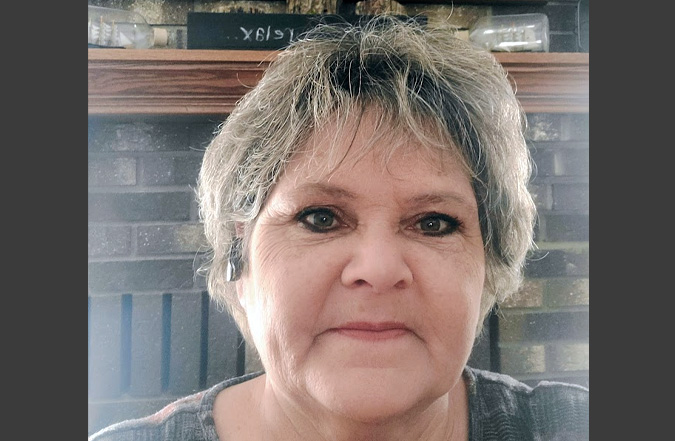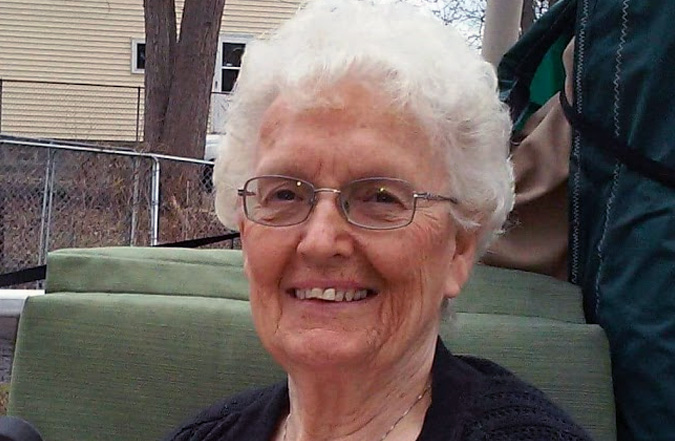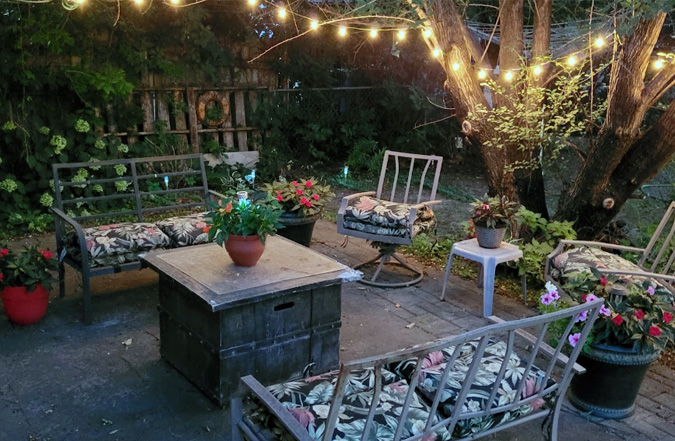
Robin has been a foster parent for over 20 years and agreed to share her story with AdoptUSKids. As coincidence would have it, on the morning of Robin’s phone call with us, she received a red envelope in the mail. It was from her former foster mom, who she had lived with decades earlier.
Robin describes how it felt to receive that envelope, starting, “I had a moment this morning—having been adopted and in foster care, and now being 62 years old—where I’m kind of feeling alone. There are some missing identity pieces.”
She continues, “And then, in the mailbox was that envelope. It was from my 88-year-old foster mom, who has never forgotten me. She really is who I look up to. She continues to lead with her quietness and her giving. Who I am today is because of who she is.”
Robin offers a valuable and unique perspective as both a foster parent and someone who experienced foster care growing up. As she says, “I’ve seen foster care from both ends.” From her home in Minnesota, she opens her heart to us and shares what she has learned over the years.
A disrupted adoption and spending her teenage years in foster care

As children, Robin and her brother spent time in what felt to her like an orphanage setting. Before that, she describes taking care of her one- and three-year-old siblings, often in abandoned houses. Her sister was adopted separately, and Robin and her brother landed in the adoptive home of a family she describes as absolutely wonderful.
Still, the adoption was disrupted, and Robin was in foster care throughout high school.
“While we were adopted into a wonderful family, the supports weren’t there for them. The adoption disrupted for me, but it wasn’t because of bad parenting. They just had no resources back then. When you’re a youth with attachment issues of your own and no resources, and parents without resources, that just didn’t work.”
She looks back at that time and shares two details.
- She didn’t go to her graduation—not because she hadn’t graduated. She shares, “I went to work instead, and I said, ‘Mail me my diploma.’”
- Her foster parent during these years is still such an important connection in her life.
When her former foster mom reached out the morning of this interview, it left an impact: “I sat on the chair and I cried for 20 minutes—even at my age, she is really the only sense of belonging that I have left. And she still never forgets. I’m sure she does that with every other youth that comes through her door.”
This is the same long-lasting connection Robin strives for with the teens who enter her home.
Maintaining connections with youth long after they’ve left her home
Over the last two decades, Robin has fostered many youth, mainly teenage girls.
And when these teens grow up, starting their own families and lives, they all stay connected. Robin keeps in touch with them over social media, and she even watches church virtually with some.
She explains, “A file that is closing is not a door that is shut. You see, it’s not about providing a service that ends. It’s about a connection that continues.”
This is especially important because many youth who enter her home were moved around so frequently. They need to know that someone will always be there for them, even once they age out.
One important consideration? Robin does not reach out during the first year after they leave her home.
“I do this for their benefit,” she says. “The whole goal of them being in my foster home is connection, not just with me but with their families. So, I want to make sure that I’m honoring the family first. I don’t want youth who are calling because they’re struggling and they’re going to me instead of their family.”
She adds, “But then about a year afterward, they all come out of the woodwork or they show up at the door at Christmas time from out of state. They walk in the door, say ‘Hey, I’m home!’ and I didn’t even know they were on a plane!”
But how does Robin begin forming these close bonds? She says it comes down to trust.
Focusing on building trust with youth in her care

When a teen comes into her home, Robin starts by telling each child that they already have her trust and don’t need to earn it first.
The hard part comes when that trust is broken. “I tell them that trust is like a tree, and it takes a long time to grow a tree. It doesn’t take very long to chop it down.”
Many youth don’t know how to gain that trust back. So, Robin teaches about do-overs.
“My backyard is full of rose bushes. It’s full of rose bushes because, when a kid has broken my trust, I will help them and we’ll plant—but we’ll plant fast-growing things. I have so many rose bushes and flowering things in my backyard, and each one is from a kid.
And we start over. That rose bush is going to bloom in the first season, and they get so excited when it happens. I ultimately just want them to understand that there are do-overs. And that do-overs can be more beautiful.
My backyard is nothing but hydrangeas, rose bushes, and things that bloom. But each one is a kid. I say, ‘I want you to know I’m going to help teach you how to regrow that. We planted this, but now we have to take care of it. We need to help it grow, and that’s what trust is.’”
Thinking about becoming a foster parent?
Many families have the means to welcome a child into their home. Robin encourages families who also have the heart and ability to teach lessons, like what trust is and how to keep it growing.
After all, she explains, “There are so many families that have the space and have the heart to give another person another start.”
Learn more about foster parenting or adoption from foster care.